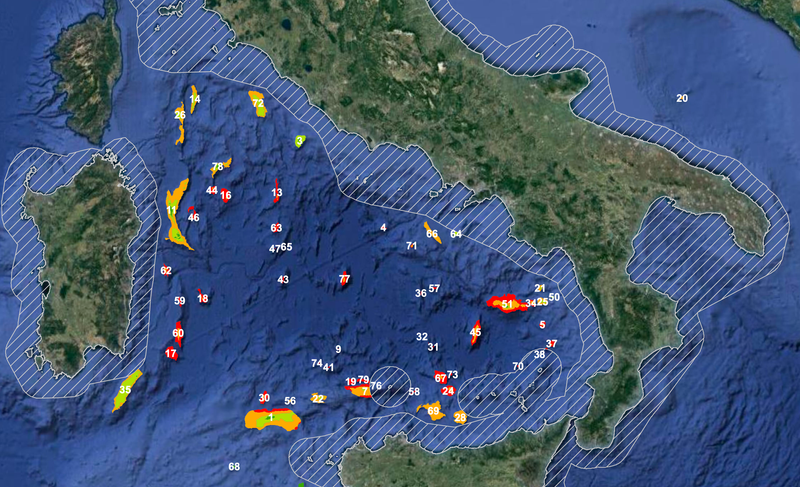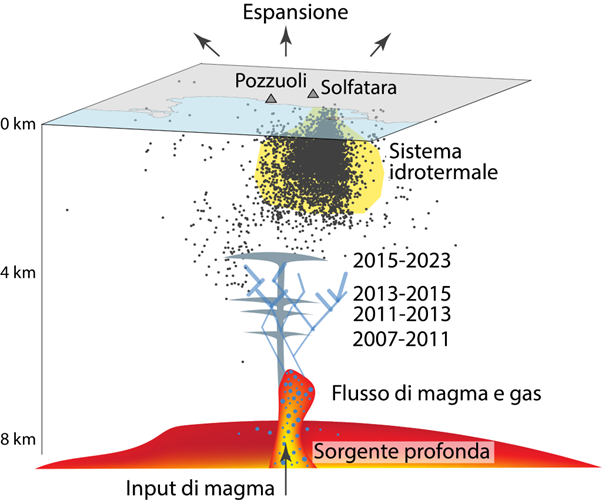At least 5,000 square kilometers of ice has disappeared from Greenland since 1985
From the U.S., a team of researchers explains where, when and how, within 38 years, Greenland has seen the shrinking of its ice.
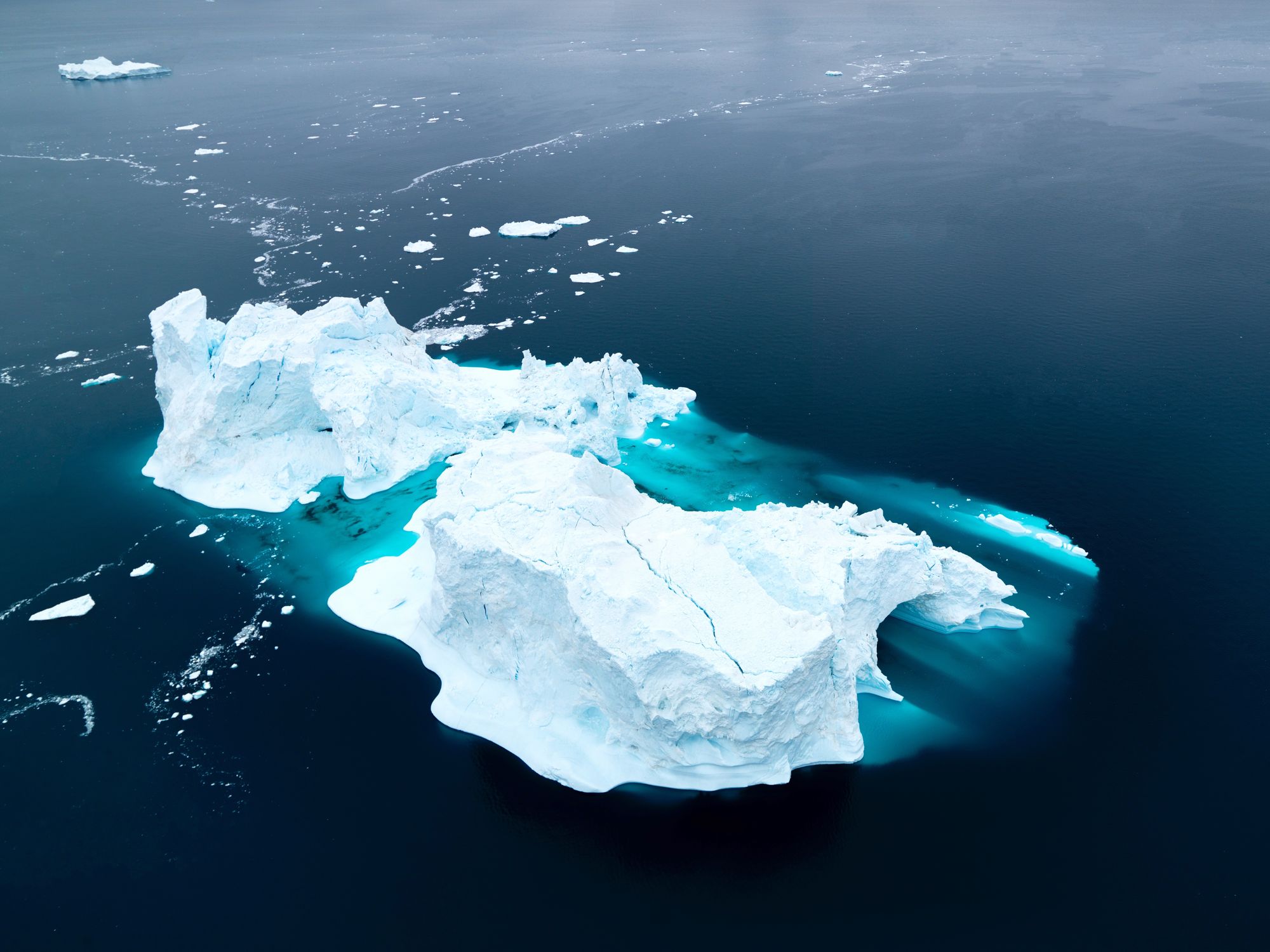
What has happened to the Greenland ice sheet over the past four decades? The study conducted by the team led by glaciologist Chad Greene of the Jet Propulsion Laboratory in Pasadena and recently published in Nature. The research, through the use of artificial intelligence, analyzed satellite images-more than 230,000 snapshots-collected from 1985 to 2022, a time frame in which 5,000 square kilometers of ice, or 1 trillion tons, disappeared.
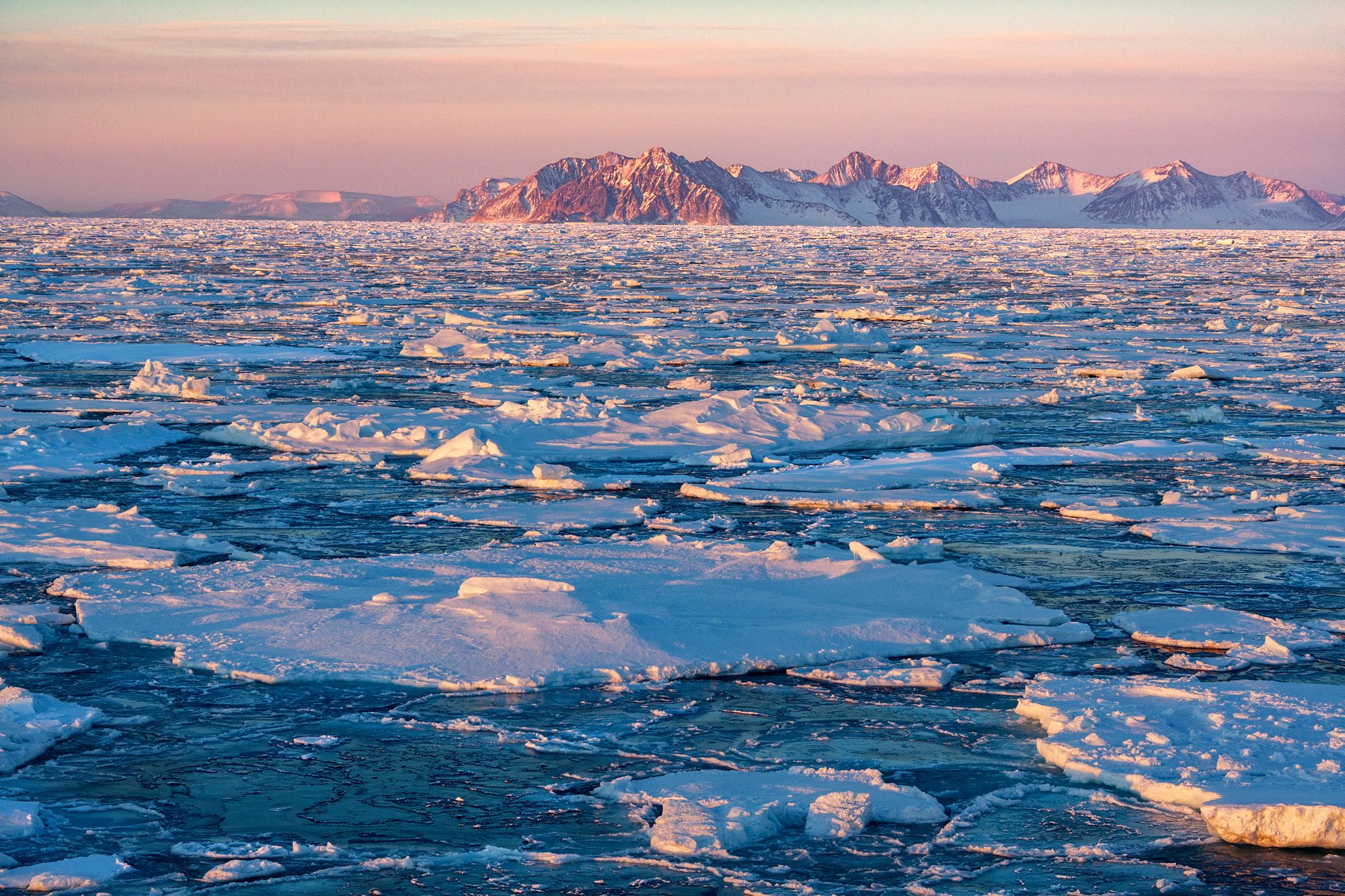
In the window of time taken into analysis, the most critical period is to be framed from the 2000s, when, in parallel with a significant rise in temperatures, the glaciers saw an acceleration of their regression, which, in some areas, resulted in a retreat of 10 km. Suffering the greatest losses are the Zachariæ Isstrøm, Jakobshavn Isbræ and Humboldt Gletscher glaciers. A finding the latter, which also explains the correlation between the nature of glaciers and their degree of sensitivity to retreat. In particular, the scholars observed that glaciers with more pronounced seasonal variations (winter growth and summer decrease), such as those of Zachariæ Isstrøm and Jakobshavn Isbræ, show greater susceptibility to losses.
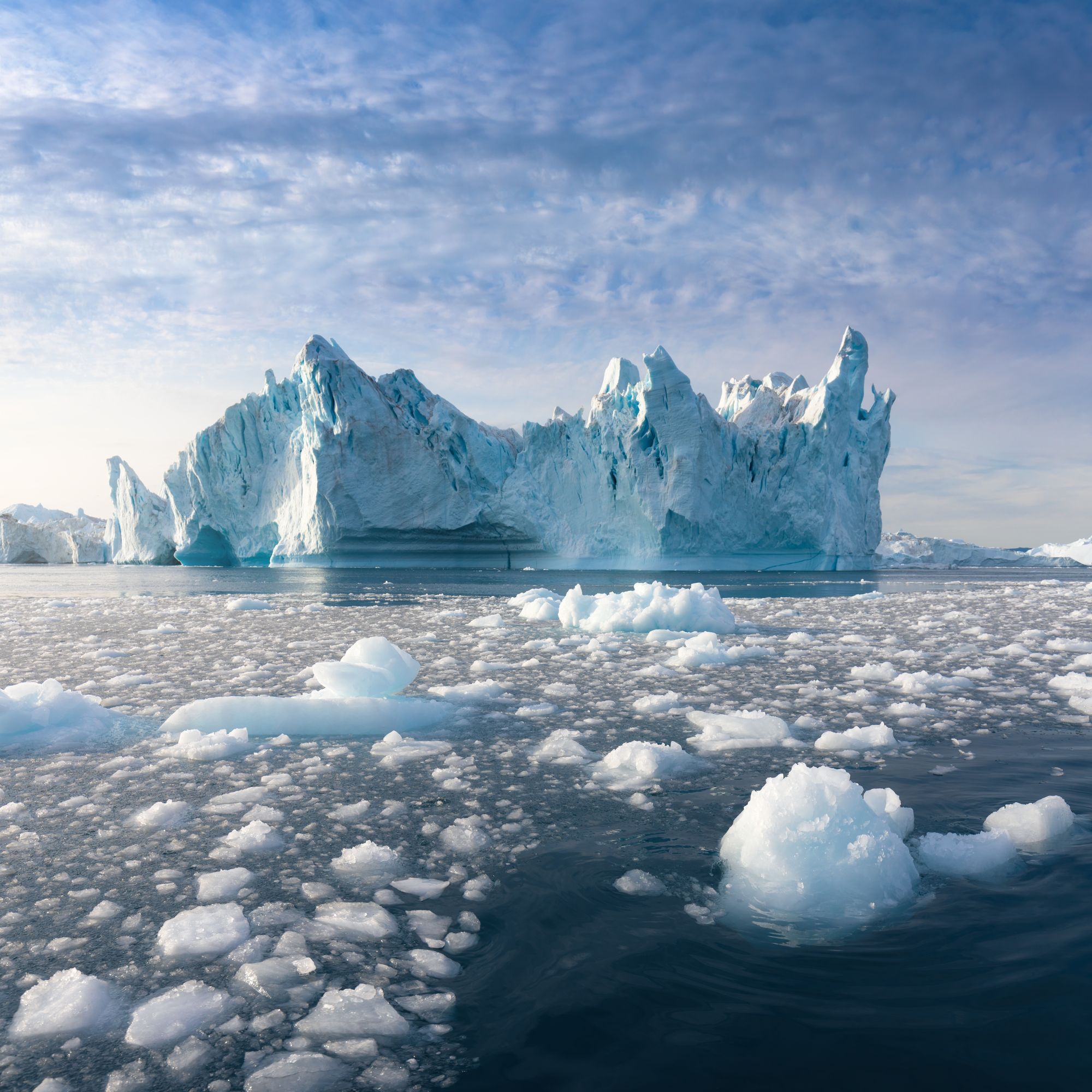
The effects that this amount of water poured into the sea would produce range from contributing, albeit with minimal impact, to sea level rise, to destabilizing ocean circulation and, consequently, thermal energy distribution. And it is the latter scenario that is of greatest concern to scholars.
In particular, the focus is on theAmoc (Atlantic Meridional Overturning Circulation), the system of Atlantic currents that carries warm water from the tropics to northern Europe from where, as it cools, it reverses course at greater depths, returning to the equatorial zones. Of this group of currents, the best known is the Gulf Stream. The balance of the Amoc appears to be very precarious, with scholars fearing that the large amounts of cold, fresh water released by the ice could somehow affect its dynamics, with the risk of collapsing the entire system. This scenario would be a harbinger of a series of weather disruptions that would open up the possibility of upheavals with impacts on ecosystems and food security. If the AMOC currents were to stop, the European climate would change, approaching that observed in the United States at the same latitudes. A much colder Europe.




